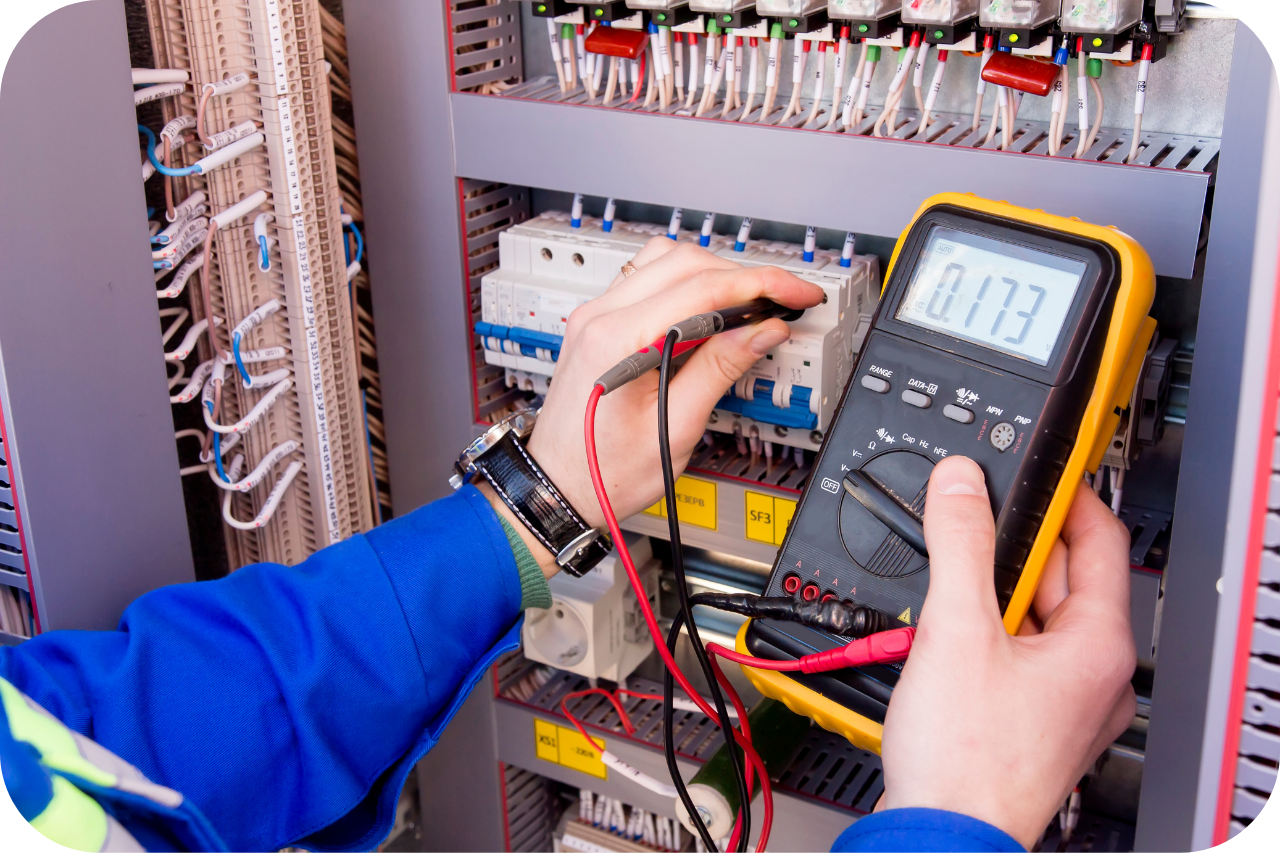All about Roar Solutions
All about Roar Solutions
Blog Article
The Facts About Roar Solutions Revealed
Table of ContentsAn Unbiased View of Roar SolutionsNot known Incorrect Statements About Roar Solutions Roar Solutions Fundamentals Explained
In such an ambience a fire or explosion is possible when three standard problems are met. This is usually described as the "dangerous area" or "burning" triangular. In order to safeguard installations from a prospective surge a method of analysing and categorizing a potentially hazardous location is needed. The objective of this is to ensure the proper selection and installment of devices to eventually stop a surge and to make certain safety of life.
(https://roarsolutions.bandcamp.com/album/roar-solutions)
No equipment should be installed where the surface temperature level of the tools is above the ignition temperature of the provided risk. Below are some usual dust dangerous and their minimum ignition temperature level. Coal Dirt 380C 225C Polythene 420C (thaws) Methyl Cellulose 420C 320C Starch 460C 435C Flour 490C 340C Sugar 490C 460C Grain Dust 510C 300C Phenolic Resin 530C > 450C Aluminium 590C > 450C PVC 700C > 450C Residue 810C 570C The probability of the danger being present in a focus high adequate to cause an ignition will vary from place to place.
Harmful area electrical devices possibly made for use in higher ambient temperatures. Area Repair By Authorised Worker: Difficult testing may not be required nevertheless details procedures may require to be complied with in order for the equipment to keep its 3rd celebration ranking. Each item of equipment with a harmful ranking need to be evaluated separately.
The smart Trick of Roar Solutions That Nobody is Discussing
The tools register is a comprehensive data source of equipment documents that includes a minimum set of areas to recognize each item's place, technological specifications, Ex classification, age, and environmental data. This details is important for tracking and handling the equipment properly within hazardous areas. On the other hand, for regular or RBI tasting inspections, the quality will certainly be a combination of Thorough and Close assessments. The ratio of Thorough to Shut inspections will certainly be figured out by the Tools Risk, which is analyzed based on ignition risk (the chance of a source of ignition versus the chance of a combustible environment )and the harmful area category
( Area 0, 1, or 2). This variation will additionally affect the resourcing needs for work prep work. As soon as Lots are defined, you can create sampling strategies based on the sample size of each Whole lot, which describes the number of arbitrary tools things to be inspected. To identify the required example dimension, 2 elements require to be reviewed: the dimension of the Whole lot and the category of examination, which shows the degree of effort that should be used( reduced, regular, or enhanced )to the examination of the Lot. By combining the category of inspection with the Great deal dimension, you can after that develop the proper being rejected standards for a sample, suggesting the permitted variety of malfunctioning items discovered within that sample. For more details on this procedure, please refer to the Power Institute Guidelines. The IEC 60079 standard suggests that the maximum period in between inspections need to not exceed 3 years. EEHA inspections will certainly likewise be carried out outside of RBI projects as component of arranged upkeep and devices overhauls or repair work. These inspections can be credited toward the RBI sample sizes within the affected Great deals. EEHA evaluations are performed to recognize mistakes in electrical devices. A weighted racking up system is essential, as a single item of equipment may have several faults, each with differing degrees of ignition threat. If the mixed score of both assessments is much less than twice the mistake rating, the Lot is considered appropriate. If the Great deal is still taken into consideration unacceptable, it has to undertake a complete assessment or validation, which may cause more stringent evaluation methods. Accepted Lot: The reasons of any type of faults are identified. If an usual failing mode is located, additional tools might call for inspection and repair service. Faults are classified by severity( Safety and security, Stability, Home cleaning ), making certain that urgent concerns are assessed and addressed immediately to alleviate any influence on safety and security or operations. The EEHA data source must track and record the lifecycle of faults in addition to the restorative activities taken. Applying a robust Risk-Based Examination( RBI )strategy is vital for ensuring conformity and safety and security in managing Electrical Equipment in Hazardous Areas( EEHA) (Roar Training Solutions). Automated Fault Scoring and Lifecycle Administration: Effortlessly handle faults and track their lifecycle to enhance evaluation accuracy. The introduction of this assistance for risk-based evaluation even more reinforces Inspectivity's position as a best-in-class solution for regulatory compliance, in addition to for any type of asset-centric examination use instance. If you have an interest in look at this now discovering more, we welcome you to ask for a demonstration and discover exactly how our remedy can change your EEHA management processes.
Things about Roar Solutions

In terms of eruptive threat, a hazardous area is an environment in which an eruptive ambience exists (or might be expected to be existing) in quantities that need unique preventative measures for the construction, installment and use of devices. Roar Solutions. In this article we explore the difficulties encountered in the workplace, the danger control procedures, and the needed competencies to work safely
It issues of contemporary life that we produce, keep or deal with a series of gases or liquids that are regarded flammable, and a range of dusts that are deemed combustible. These substances can, in certain problems, create eruptive atmospheres and these can have significant and heartbreaking effects. Many of us know with the fire triangular eliminate any kind of among the 3 aspects and the fire can not happen, however what does this mean in the context of unsafe locations? When damaging this down into its simplest terms it is essentially: a combination of a particular amount of launch or leakage of a specific compound or material, mixing with ambient oxygen, and the visibility of a resource of ignition.
In a lot of instances, we can do little concerning the levels of oxygen airborne, however we can have significant impact on resources of ignition, for instance electric devices. Unsafe areas are documented on the dangerous area classification drawing and are determined on-site by the triangular "EX-SPOUSE" indicator. Below, among other crucial details, areas are divided into three types relying on the threat, the chance and period that an eruptive environment will certainly exist; Zone 0 or 20 is deemed the most hazardous and Zone 2 or 22 is deemed the least.
Report this page